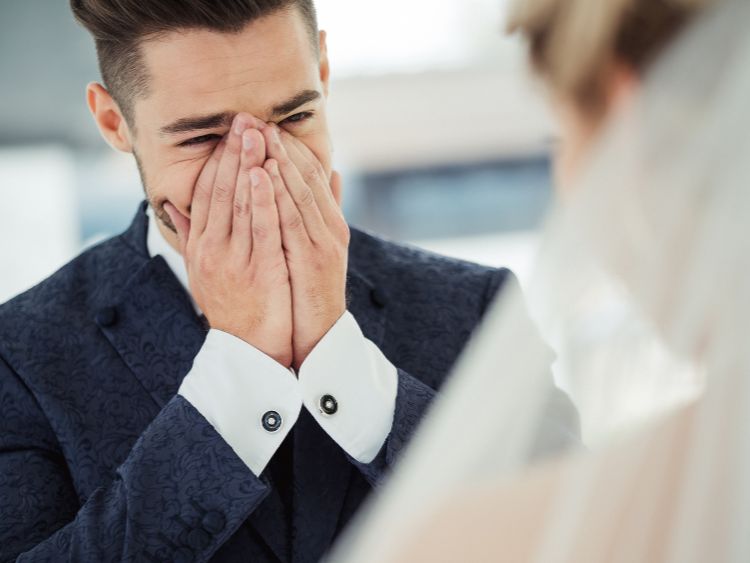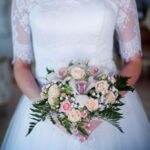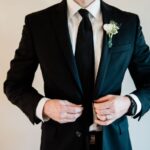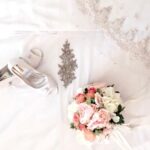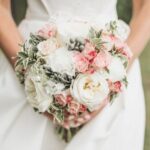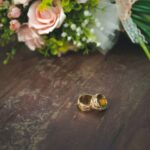Men’s Formal Attire: The Ultimate Guide to Dressing Sharp
When it comes to making a lasting impression, few things speak louder than a well-tailored suit. Men’s formal attire isn’t just about looking good; it’s about feeling confident, exuding professionalism, and showing respect for the occasion. Whether you’re attending a black-tie event, a job interview, or even a wedding, understanding the nuances of formal attire can elevate your style game to new heights. In this comprehensive guide, we’ll dive into the essentials of men’s formal wear, from suits and ties to shoes and accessories, ensuring you’re always dressed to impress.
The Foundation of Formal Attire: The Suit
The suit is the cornerstone of men’s formal attire. It’s the one garment that can instantly transform your appearance from casual to sophisticated. But not all suits are created equal. Here’s what you need to consider:
1. Choosing the Right Fabric
- Wool: The most versatile and common fabric for suits. Wool suits are durable, breathable, and suitable for year-round wear.
- Cotton: Lighter than wool, cotton suits are ideal for summer events. However, they tend to wrinkle more easily.
- Linen: Perfect for warm climates, linen suits are lightweight and breathable but prone to creasing.
- Silk and Velvet: These luxurious fabrics are typically reserved for special occasions like black-tie events.
2. Suit Fit
- Slim Fit: Tailored close to the body, a slim-fit suit offers a modern, streamlined silhouette.
- Regular Fit: A more traditional cut, offering comfort without being too loose.
- Custom/Tailored Fit: The best option for a perfect fit. A tailored suit is made to your exact measurements, ensuring a flawless look.
3. Colors and Patterns
- Classic Colors: Navy, charcoal, and black are the go-to colors for formal events.
- Patterns: Pinstripes, checks, and houndstooth can add personality to your suit, but should be chosen carefully to maintain a formal appearance.
The Essential Shirt
Your choice of shirt can make or break your formal look. Here are the key elements to consider:
1. Fabric Choices
- Cotton: The most common choice, offering comfort and breathability.
- Poplin: A lightweight cotton weave that is smooth and crisp, ideal for a clean, sharp look.
- Twill: Slightly heavier with a diagonal weave, twill shirts are durable and wrinkle-resistant.
2. Collar Styles
- Point Collar: The most versatile collar style, suitable for all face shapes and tie knots.
- Spread Collar: Wider collar points, perfect for larger tie knots like the Windsor.
- Button-Down Collar: More casual but can still be worn with a tie for a smart-casual look.
3. Cuff Styles
- Button Cuffs: The most common and versatile cuff style.
- French Cuffs: More formal, requiring cufflinks, and adding an extra touch of sophistication.
Ties and Pocket Squares
Accessories like ties and pocket squares are small details that have a big impact on your overall look. Here’s how to choose them wisely:
1. Ties
- Material: Silk ties are the standard for formal wear, offering a luxurious sheen and smooth texture.
- Width: The width of your tie should match the lapels of your suit jacket. Slim ties pair well with narrow lapels, while wider ties complement broader lapels.
- Knot Styles: The Windsor knot is a classic choice for formal occasions, providing a symmetrical, substantial knot. For a more understated look, the Four-in-Hand knot is simple and elegant.
2. Pocket Squares
- Material: Silk is the most common material, but cotton and linen pocket squares can also work depending on your suit fabric.
- Folding Styles: The Presidential Fold is a simple, straight-edged fold that is perfect for formal events. The Puff Fold adds a touch of flair without being too flashy.
- Color Coordination: Your pocket square doesn’t have to match your tie exactly, but it should complement the overall color scheme of your outfit.
Footwear: The Final Touch
No formal outfit is complete without the right pair of shoes. The wrong choice of footwear can undermine even the most impeccably tailored suit. Here’s what to look for:
1. Oxford Shoes
- Classic Choice: Oxford shoes are the epitome of formal footwear. With their closed lacing system, they offer a sleek and polished appearance.
- Color Options: Black Oxfords are the safest bet for formal events, but dark brown can also work well with navy or grey suits.
2. Derby Shoes
- Slightly Less Formal: Derby shoes are similar to Oxfords but with an open lacing system. They’re still appropriate for formal wear but offer a bit more comfort.
- Versatility: Derby shoes can be dressed up with a suit or dressed down with smart-casual attire.
3. Loafers
- Casual Yet Classy: Loafers are a more relaxed option, suitable for less formal events or smart-casual dress codes.
- Material Choices: Leather loafers are a timeless choice, but suede can add texture and interest to your outfit.
Accessories That Elevate Your Look
Accessories are the subtle details that complete your formal ensemble. Here are some must-have accessories for men’s formal attire:
1. Cufflinks
- When to Wear: Cufflinks are essential if you’re wearing a shirt with French cuffs. They add a touch of elegance and can be personalized to reflect your style.
- Material Options: Silver and gold are classic choices, but you can also opt for enamel or precious stones for a pop of color.
2. Belts
- Matching Matters: Your belt should match your shoes in color and finish. A black leather belt with a simple, understated buckle is ideal for formal occasions.
- Width and Fit: The width of your belt should be proportional to your waist and the loops of your trousers. A too-wide or too-narrow belt can throw off the balance of your outfit.
3. Watches
- Keep It Simple: A classic dress watch with a leather strap is the perfect accessory for formal attire. Avoid digital watches or those with too many complications.
- Metal Choices: Silver or gold watch cases are versatile and can match your cufflinks, tie bar, or other metal accents.
Dressing for the Occasion
Not all formal events are created equal, and your attire should reflect the level of formality required. Here’s a quick guide to dressing for various occasions:
1. Black-Tie Events
- The Tuxedo: For black-tie events, a tuxedo is a must. This includes a black or midnight blue dinner jacket, matching trousers, a formal white shirt, a black bow tie, and patent leather shoes.
- Optional Extras: A cummerbund or waistcoat adds a layer of formality and can help you stand out in a sea of black tuxedos.
2. Business Formal
- The Business Suit: For business formal settings, stick to dark suits in navy, charcoal, or black. Pair with a white or light blue shirt and a conservative tie.
- Shoes: Black Oxfords are your best bet, but dark brown can also be acceptable depending on your suit color.
3. Wedding Guest
- Seasonal Considerations: The formality of your outfit may depend on the season and the venue. For a summer wedding, a lighter suit in a shade like light grey or beige is appropriate. For a winter wedding, opt for darker colors and heavier fabrics.
- Ties and Accessories: This is an occasion where you can have a bit more fun with your tie and pocket square choices. Patterns and colors that complement the wedding theme can be a great way to personalize your look.
FAQs About Men’s Formal Attire
1. What’s the difference between a suit and a tuxedo? A suit is typically worn for business or less formal occasions, while a tuxedo is reserved for black-tie events. The key differences include satin accents on the tuxedo, such as the lapels, buttons, and a stripe down the trousers, as well as the use of a bow tie instead of a standard tie.
2. How do I choose the right tie for my suit? The tie should complement your suit and shirt. Stick to solid colors or subtle patterns if your suit has a pattern, and vice versa. The width of the tie should match the width of your suit’s lapels.
3. Can I wear brown shoes with a black suit? No, brown shoes are generally not recommended with a black suit. Stick to black shoes for a cohesive and formal look.
4. What type of shirt should I wear under a tuxedo? A tuxedo shirt, which typically features a wingtip or spread collar, pleats, and French cuffs, is the best choice. It should be white and made from a high-quality fabric like cotton or poplin.
5. Is it okay to wear a belt with formal attire? While belts are acceptable, some purists prefer suspenders, especially with a tuxedo, as they create a cleaner line and avoid breaking up the silhouette.
Conclusion
Mastering men’s formal attire is about understanding the details that make a difference. From the fit and fabric of your suit to the choice of accessories, every element plays a role in creating a polished, professional appearance. Whether you’re dressing for a wedding, a business meeting, or a black-tie event, the right attire can boost your confidence and leave a lasting impression. Remember, style is not just about what you wear, but how you wear it. So, stand tall, smile, and let your attire speak volumes about who you are.
Authoritative Links:
This article on men’s formal attire is designed to equip you with everything you need to know to dress your best for any formal occasion. From understanding the essentials to mastering the details, you’ll be well-prepared to make the right impression every time.

